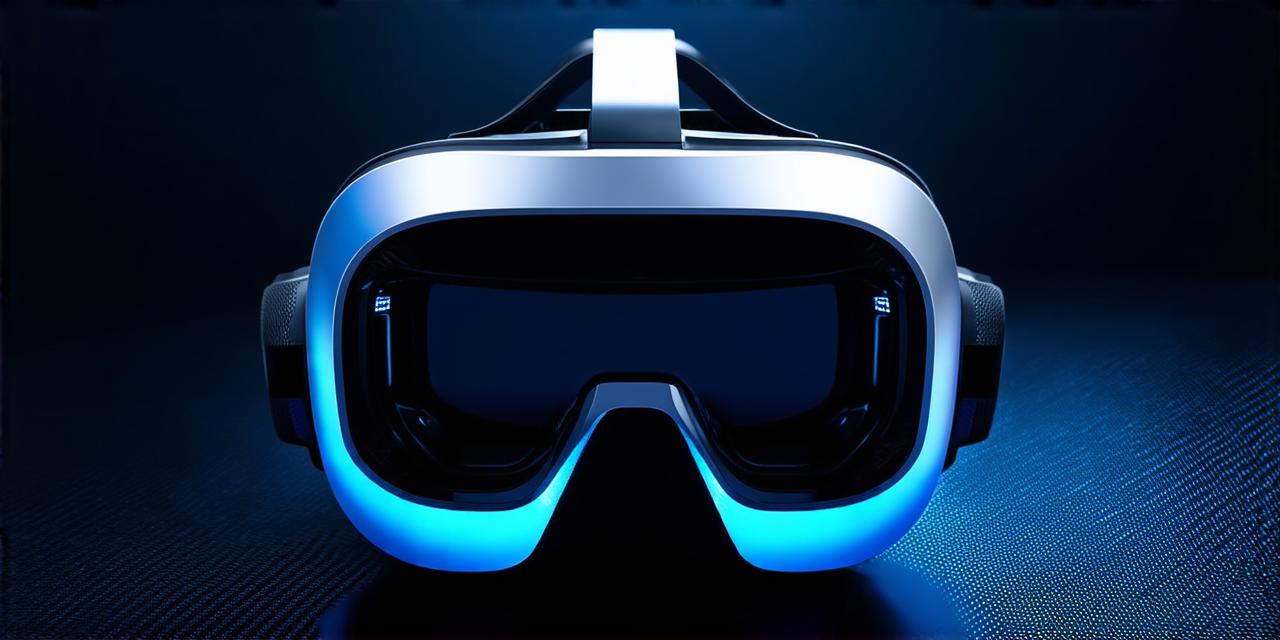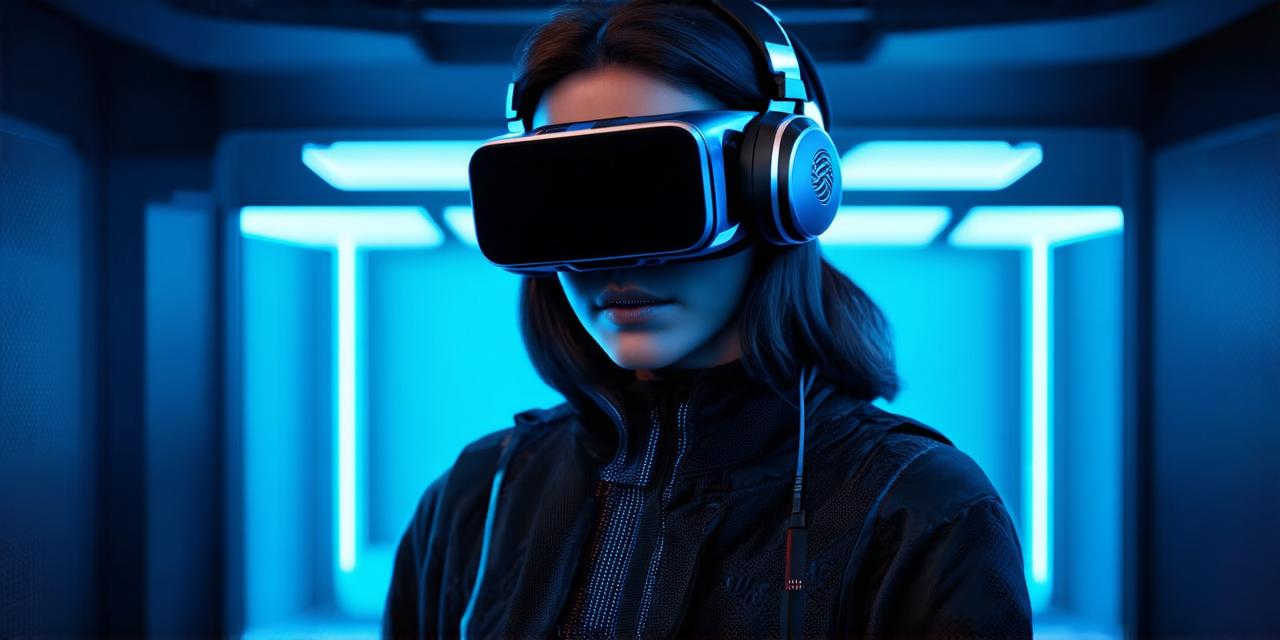
Virtual reality (VR) games have taken the world by storm, providing immersive gaming experiences that are unlike anything else.
The Basics of Virtual Reality Games
Virtual reality games are immersive experiences that allow players to interact with a simulated environment in real-time. The technology is based on sensors, cameras, and display devices that work together to create an illusion of presence. This illusion can be so convincing that players may forget they’re actually sitting in front of a computer screen or wearing a VR headset.
Virtual reality games are typically played using specialized equipment such as VR headsets, motion controllers, and gaming chairs. Players must wear the VR headset to experience the immersive environment, while motion controllers allow players to interact with virtual objects in the game world. Gaming chairs provide a comfortable and stable seating option for extended periods of play.
Virtual Reality Games vs. Traditional Games: What’s the Difference?
The main difference between VR games and traditional games is the level of immersion. While traditional games are still engaging, they can never provide the same level of realism that VR games do. With VR games, players are fully immersed in a simulated environment, which provides a unique gaming experience.
Virtual Reality Games vs. Augmented Reality Games: What’s the Difference?
Augmented reality (AR) games are similar to VR games in that they provide an immersive gaming experience. However, AR games overlay digital elements onto the real world, while VR games create a completely simulated environment.
AR games allow players to interact with virtual objects and environments while still being able to see the real world around them.
Understanding the Virtual Reality Engine: The Heart of VR Games
The virtual reality engine is the software that powers VR games. It consists of several components, including a display device, sensors, cameras, and controllers. The display device provides the visual experience for players, while sensors and cameras track player movement in real-time.
Controllers allow players to interact with virtual objects in the game world. The virtual reality engine also includes software that processes and interprets data from the various components. This software is responsible for creating a seamless gaming experience by adjusting the visual and audio elements in real-time based on player movement and interaction with the virtual environment.
Virtual Reality Games vs. 360-Degree Videos: What’s the Difference?
360-degree videos are similar to VR games in that they provide an immersive experience for viewers. However, 360-degree videos are static and cannot be interacted with, while VR games allow players to explore and interact with a virtual environment.
The Future of Virtual Reality Games: Where Are We Heading?
Virtual reality technology is constantly evolving, and we can expect to see even more advancements in the future. One area where VR technology is making strides is in the field of health and medicine. For example, VR games are being used as a tool for therapy and rehabilitation, providing an immersive environment that can help patients overcome physical and mental challenges.
Another area where VR technology is making strides is in education. Virtual reality classrooms allow students to explore and interact with virtual environments in a safe and controlled way, providing an engaging learning experience that can be difficult to achieve through traditional means.
Conclusion: A Guide for AR Developers
Virtual reality games are a fascinating technology that provide an immersive gaming experience unlike anything else. Understanding how VR games function is crucial for developers looking to create engaging and interactive games. Virtual reality technology is constantly evolving, and we can expect to see even more advancements in the future. By staying up-to-date with the latest developments in virtual reality, AR developers can create truly innovative and groundbreaking games that will captivate players for years to come.
FAQs
1. What equipment do I need to play virtual reality games?
To play VR games, you’ll need a VR headset, motion controllers, and a gaming chair. You may also need a powerful computer or console to run the game.
2. Is virtual reality technology more advanced than traditional gaming technology?
Yes, virtual reality technology is more advanced than traditional gaming technology because it provides a fully immersive experience that allows players to interact with a simulated environment in real-time.
3. Are there any health benefits to playing virtual reality games?
Yes, virtual reality games can be used as a tool for therapy and rehabilitation, providing an immersive environment that can help patients overcome physical and mental challenges.
4. What are some of the latest advancements in virtual reality technology?
Virtual reality technology is constantly evolving, with new advancements being made in areas such as health and medicine, education, and entertainment. Some of the latest advancements include haptic feedback devices, which allow players to feel virtual objects in the game world, and eye-tracking technology, which allows for more natural interactions within the virtual environment.




